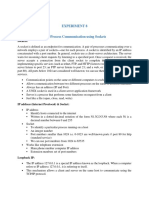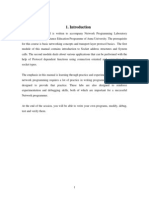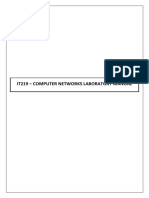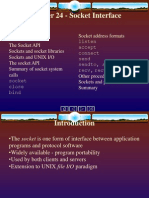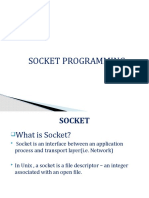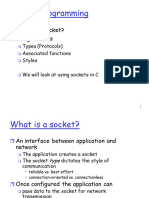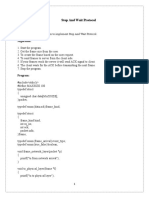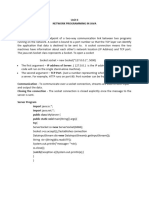0% found this document useful (0 votes)
9 views1 pageComputer NetworkPart4
The document outlines a client-server program using TCP/IP sockets where the client sends a file name and the server responds with the file's contents if available. It explains socket characteristics, including connection types, reliability, and common protocols like TCP and UDP. Additionally, it describes socket APIs for creating and managing connections between clients and servers.
Uploaded by
xarovo3624Copyright
© © All Rights Reserved
We take content rights seriously. If you suspect this is your content, claim it here.
Available Formats
Download as PDF, TXT or read online on Scribd
0% found this document useful (0 votes)
9 views1 pageComputer NetworkPart4
The document outlines a client-server program using TCP/IP sockets where the client sends a file name and the server responds with the file's contents if available. It explains socket characteristics, including connection types, reliability, and common protocols like TCP and UDP. Additionally, it describes socket APIs for creating and managing connections between clients and servers.
Uploaded by
xarovo3624Copyright
© © All Rights Reserved
We take content rights seriously. If you suspect this is your content, claim it here.
Available Formats
Download as PDF, TXT or read online on Scribd
/ 1












